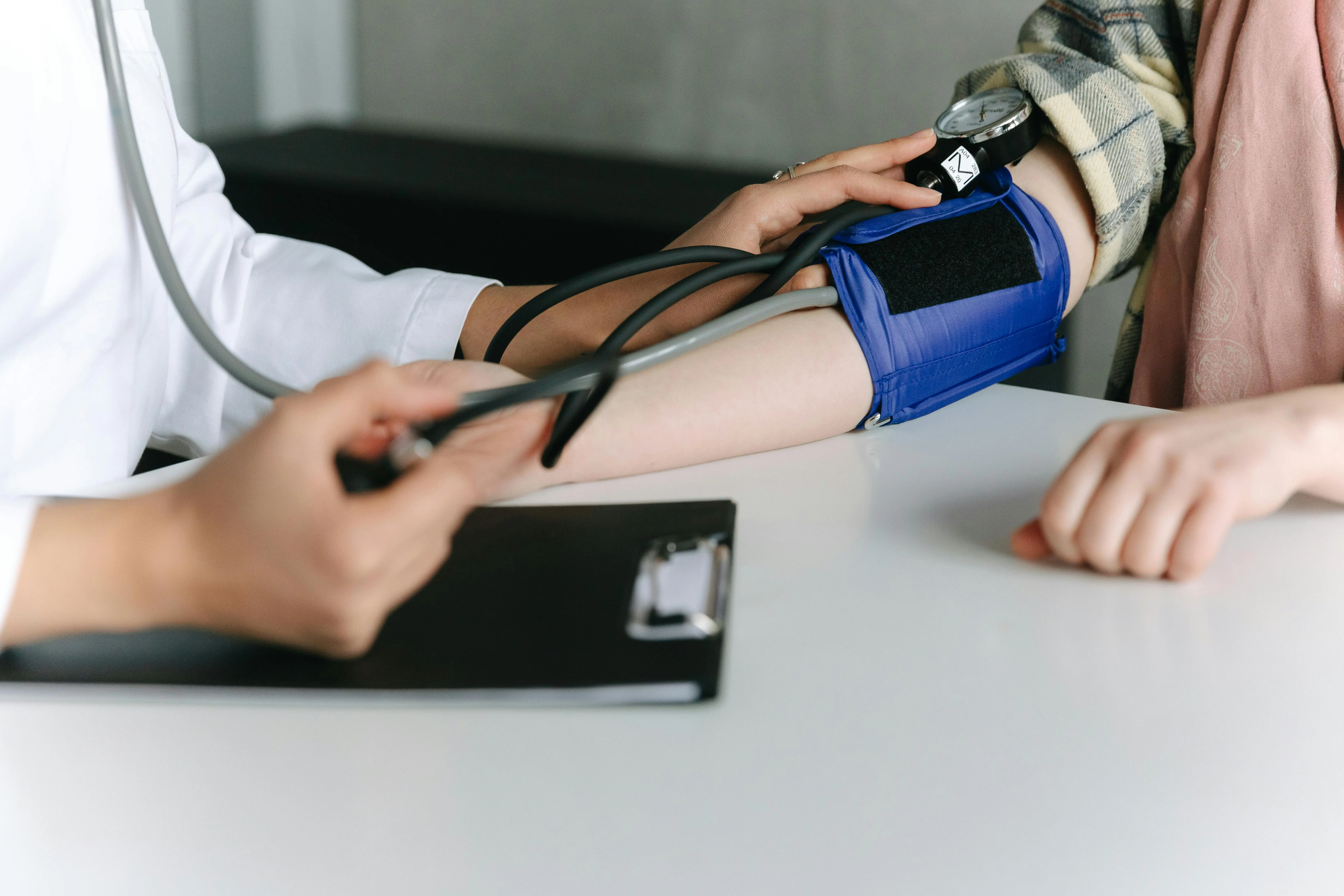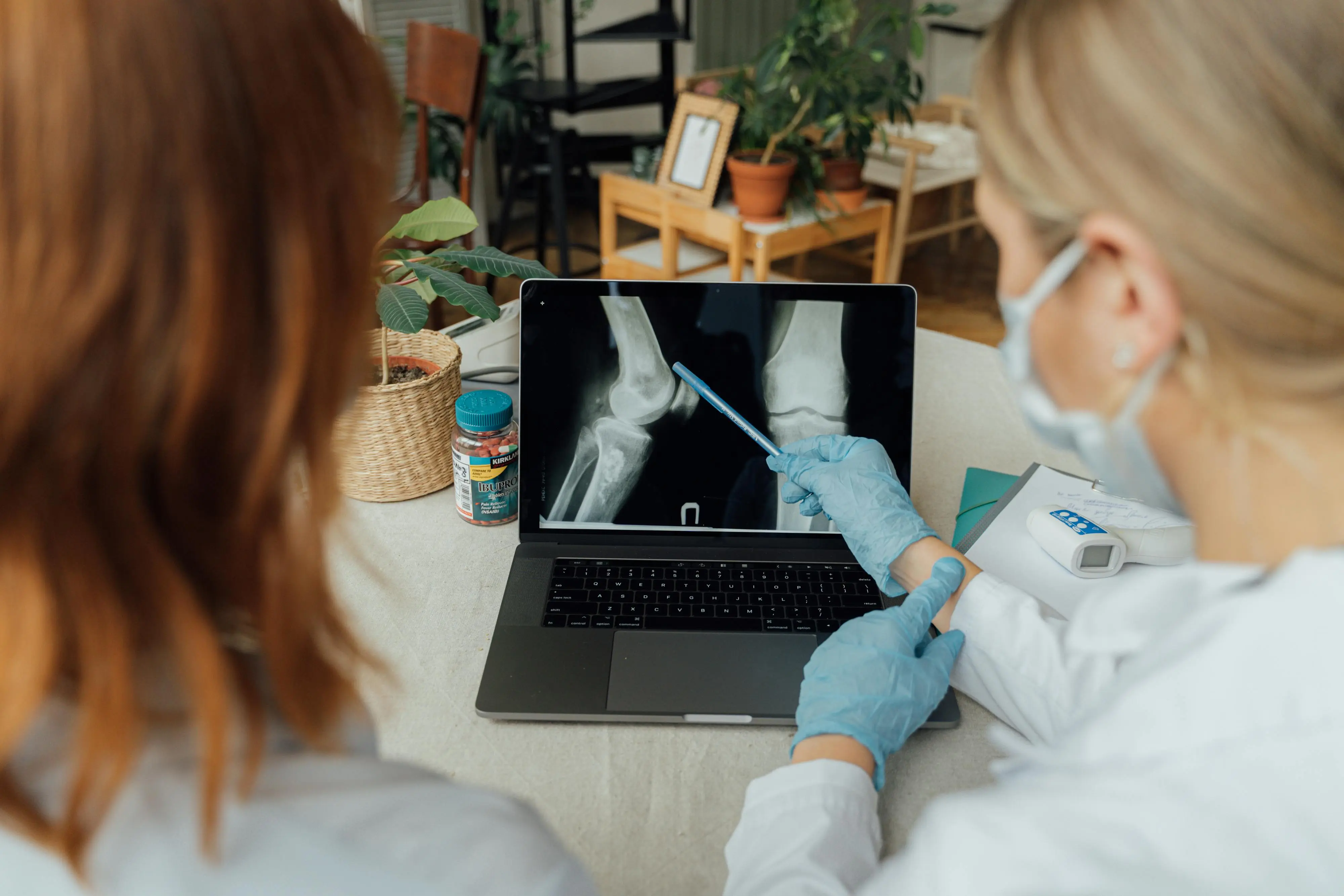Differences Between Type 1 and Type 2 Bipolar Disorder
July 16, 2025

Disclaimer: Human Health is not recommending any specific medical treatment for any particular symptom, nor providing any other medical advice. Always seek the advice of your doctor regarding any medical concern.
Bipolar disorder is a psychiatric condition that is characterized by extreme changes in mood and activity levels, ranging from periods of low energy and depressive episodes, to episodes of increased energy and extremely high moods. These mood changes are usually significant enough to impact an individual’s ability to function in their day-to-day life. According to the National Institute of Mental Health, approximately 4.4% of US adults will have bipolar disorder at some point during their life.
Bipolar disorders are classified by the clinical guidelines in the Diagnostic and Statistical Manual of Mental Disorders (DSM-5), which are used to determine if a patient has the condition. There are two distinct types of bipolar disorder, type 1 and type 2. In this post, we’ll explore the major similarities and differences between bipolar disorder type 1 and type 2.
Baseline moods
In both conditions, people with bipolar disorder will experience periods of return to a baseline mood state, known as euthymia, that is not characterized by extreme highs and lows in energy or emotion.
Depressed moods
A current or previous major depressive episode must be experienced in order to meet the criteria for bipolar 2, whereas people with bipolar 1 may or may not have experienced a depressive episode.
Major depressive episodes are attributed as a characteristic of both bipolar 1 and bipolar 2. A major depressive episode is described as a depressed mood and diminished interest or pleasure for at least 2 weeks.
According to the DSM-5, people with bipolar 2 may spend more time on average in the depressive phase of the condition than those with bipolar 1.
Manic episodes
Experiencing a manic episode excludes the possibility of diagnosis with bipolar 2, and is necessary for a diagnosis with bipolar 1.
Manic episodes have a considerable impact on the patient’s ability to function in their daily life, potentially to the point of hospitalization. A manic episode is defined as a period of unusually and persistently elevated, expansive, or irritable mood, and unusually and persistently increased energy or activity for at least 1 week. it must also be accompanied by 3–4 of the following symptoms:
- Sense of inflated self-esteem or self-importance
- Decreased need for sleep
- More talkative than usual or feeling the need to keep talking
- Racing thoughts switching between ideas or topics quickly and abruptly
- Feeling or appearing easily distracted
- Increase in meaningless, repetitive movements (e.g., leg bouncing, finger tapping)
- Excessive involvement in risky behaviors
Hypomanic episodes
Experiencing a hypomanic episode is necessary for a diagnosis of bipolar 2, but not bipolar 1. A hypomanic episode is very similar to a manic episode, but it lasts for a shorter period of time (minimum 4 consecutive days), and is usually less extreme in presentation, subsequently affecting the individual’s functioning to a somewhat lesser extent.
People with bipolar 2 may not consider these episodes to be problematic, and usually present for medical help for depressive symptoms rather than as a consequence of feeling hypomanic.
Psychotic features
People with bipolar 1 who experience manic episodes may be likely to experience symptoms of psychosis during these episodes. Psychosis is described as a disconnection with reality, and may present as delusions or hallucinations.
Hypomanic episodes do not have psychotic features, and therefore people with bipolar 2 do not typically experience psychosis as a result of their bipolar disorder.
.png)
How do I know if I have bipolar disorder?
If you think you may be experiencing a manic, hypomanic, or depressive episode, please reach out to a trusted medical practitioner for help. It may help to keep a record of your symptoms leading up to the appointment, so you can provide a clear picture to your doctor about how you’ve been feeling, and how your symptoms have been affecting you.
Human Health is a free health tracking app designed to make it easy to track your symptoms and any treatments you may be taking, so that you can communicate better with your healthcare team and make informed and empowered decisions throughout your health journey.
Click here to download Human Health.
We hope this article has helped shed some light on the key differences between bipolar disorder types 1 and 2. If you liked this article or know someone you think might benefit from reading it, please share this post. We’d love for our resources to reach those who need them.
Resources
- National Institute of Mental Health. Mental Health Information. Statistics: Bipolar Disorder.
- Diagnostic and Statistical Manual of Mental Disorders (5th Edition).
This is a div block with a Webflow interaction that will be triggered when the heading is in the view.










.jpg)





.png)

